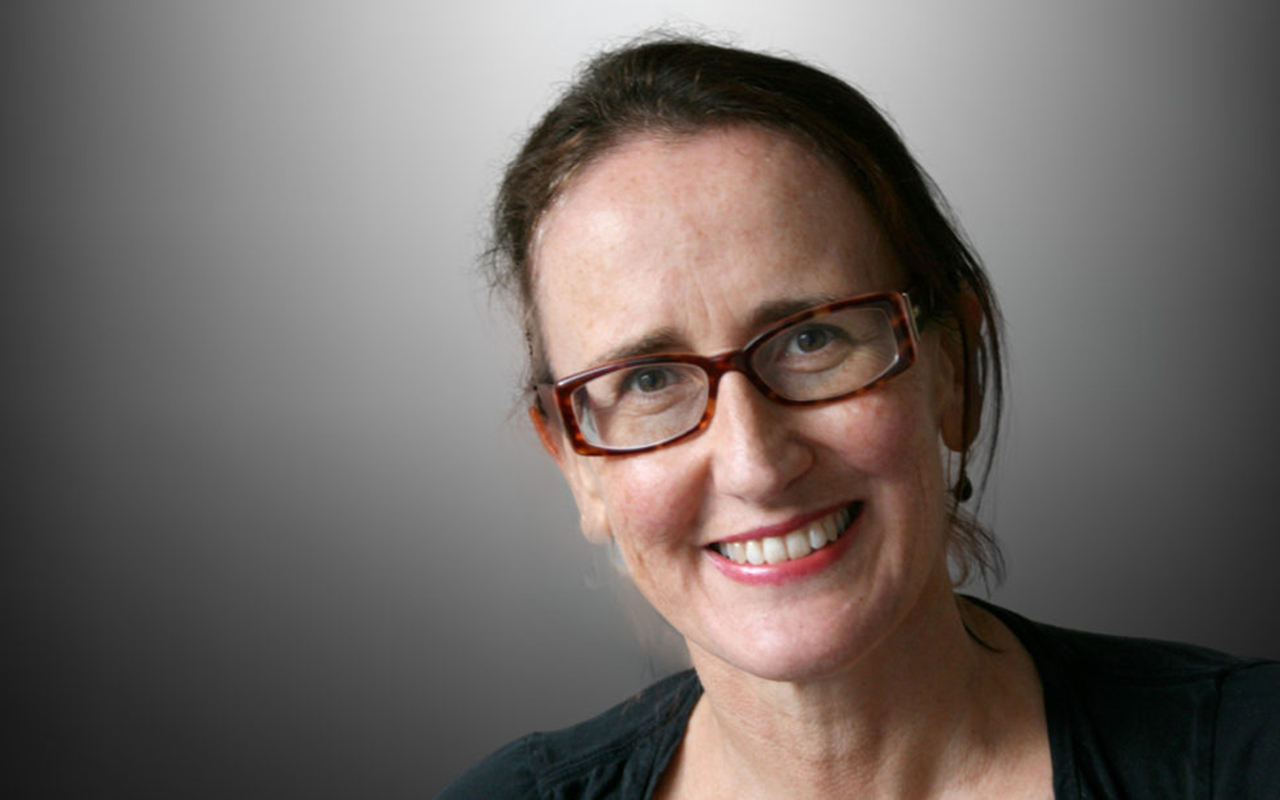MUCH has been written about the potential long-term effects of the COVID-19 pandemic, including potential cardiovascular risks, the impact on mental health and of course long COVID.
But an increase in facial dysmorphia, along with the resulting demand for cosmetic procedures, might not be the first thing that comes to mind.
Stuck in endless online meetings, many of us have spent the past 2 years staring at our own faces, fixating on wrinkles, droopy jowls or perhaps the shape of our nose.
The intense self-scrutiny has apparently helped fuel a spike in demand for injectables and other procedures, sometimes referred to as the “Zoom boom”. Other factors, such as reduced spending in other areas, or the ease of recovering at home during lockdowns, might also be playing into this.
It’s hard to get reliable data about a sector where regulation and data are patchy, but the American Academy of Facial, Plastic and Reconstructive Surgery estimated in 2021 the pandemic had led to a 10% increase in procedures, despite lockdowns and restrictions on elective procedures. According to The Economist, the increase in France was more like 20%.
A survey by Melbourne researchers found more than a third of Australian respondents had identified new concerns about their appearance as a result of video conferencing. The most common issues were weight or shape related (eg, “chubby cheeks”), followed by skin, nose, hair, eyes and mouth.
More dramatically, Melbourne “celebrity” cosmetic surgeon Daniel Lanzer told The Washington Post his patient numbers had increased by 200% over the first year of the pandemic.
Mind you, Lanzer has since voluntarily surrendered his medical registration after a Four Corners and nine newspapers investigation reported multiple complaints about his practice. An Australian Medical Board inquiry is ongoing.
Concerns about unseemly practices and inadequate regulation in the industry have been rife for years.
Inquiries are underway. The Australian Health Practitioner Regulation Agency (AHPRA) has commissioned an independent review of the regulation of health professionals working in cosmetic surgery, which is due to report later this year.
And, in a separate national inquiry, Australia’s health Ministers are examining the question of who should be allowed to use the term “surgeon”.
Regardless of the outcome of those inquiries, Australians will continue to seek cosmetic enhancement. Better regulation will help ensure they can do so safely.
The videoconferencing platforms are also here to stay, as most of us realise we no longer need to catch a plane to attend an interstate meeting.
But maybe we can learn to use them better, to avoid the intense self-criticism they sometimes inspire.
In any other context, it would be profoundly abnormal, in fact downright rude, for us to stare at ourselves when interacting with other people. Imagine how you’d react if a colleague brought a mirror along to a work meeting and kept his gaze fixed on his own reflection for the duration.
So here’s the thing. On most of the video-conferencing platforms, you can easily toggle your settings to turn off self-view.
Everybody else will still be able to see you but, just as in a real-world meeting, you won’t see yourself.
The problem is most of us don’t take up the option. Fewer than 1% of respondents to the Melbourne researcher’s survey did, for example.
It would be great if the platforms made this the default setting so that you had to actively choose to see your own image during online meetings.
More fundamentally, we might want to think about the pressures that make us think we need the fillers, the Botox (Allergan), and all the other interventions, the pressures that convince us ageing is a shameful secret and we’re not good enough as we are.
Jane McCredie is a Sydney-based science and health writer and public speaker.
The statements or opinions expressed in this article reflect the views of the authors and do not necessarily represent the official policy of the AMA, the MJA or InSight+ unless so stated.
Subscribe to the free InSight+ weekly newsletter here. It is available to all readers, not just registered medical practitioners.
If you would like to submit an article for consideration, send a Word version to mjainsight-editor@ampco.com.au.

 more_vert
more_vert